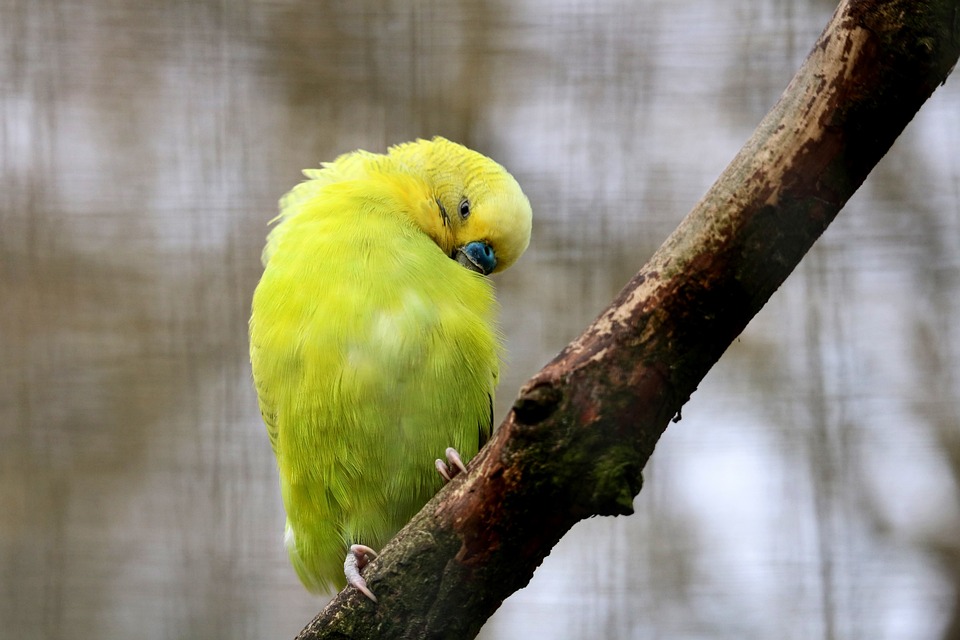Parrot training can be a delightful and rewarding experience for both parrot and owner. However, sometimes parrots can display stubborn or uncooperative behavior during training sessions. In this article, we will explore effective strategies to discourage stubbornness and foster cooperation in your parrot’s training journey.
Understanding Parrot Behavior
1. The Nature of Parrots:
a. Social creatures: Parrots are highly social animals and thrive on interaction and stimulation. It is important to provide them with plenty of socialization and opportunities for mental engagement.
b. Intelligent beings: Parrots possess remarkable intelligence and can display complex behaviors. They require mental stimulation and challenges to keep them engaged.
c. Unique personalities: Each parrot has its own individual personality traits, which can influence their training responsiveness. Understanding your parrot’s personality can help tailor your training approach.
Recognizing Stubbornness:
1. Signs of stubborn behavior: Refusing to follow commands, biting, screeching, or ignoring cues are common signs of stubbornness in parrots. It is important to identify these behaviors and address them appropriately.
2. Identifying triggers: Understanding what may trigger stubbornness, such as fear, lack of motivation, or stress, can help you address these underlying issues and modify your training approach accordingly.
Establishing Positive Reinforcement Techniques
1. Reward-based Training:
a. Utilizing positive reinforcement: Rewarding desired behaviors with treats, praise, or favorite toys can motivate your parrot to cooperate during training sessions.
b. Timing and consistency: Offering rewards immediately after the desired behavior to reinforce positive associations and ensure clear communication.
c. Gradual progression: Starting with simple commands and gradually increasing difficulty can help maintain your parrot’s engagement and prevent frustration.
2. Clicker Training:
a. Introduction to clicker training: Using a clicker as a consistent sound marker to signal desired behavior. The clicker sound should always be followed by a reward.
b. Associating the clicker with rewards: Pairing the clicker sound with treats or praise can help reinforce positive behavior and create a strong association.
3. Target Training:
a. Teaching target training: Using a target stick or a familiar object to guide your parrot’s movements can help establish desired behaviors.
b. Encouraging step-by-step progress: Gradually shaping behavior by rewarding your parrot when it touches or follows the target can facilitate cooperative training.
Addressing Stubborn Behavior Challenges
1. Patience and Consistency:
a. Calm and composed demeanor: Maintaining a patient and positive attitude during training sessions can help create a relaxed and conducive environment.
b. Consistent routine: Establishing a regular training schedule can create a sense of structure and familiarity for your parrot.
2. Identifying Motivators:
a. Finding the right incentives: Discovering what motivates your parrot, be it treats, praise, or playtime, can help you tailor your training rewards to their preferences.
b. Varying rewards: Offering a variety of rewards can keep training sessions engaging and exciting for your parrot.
3. Managing Fear and Stress:
a. Gradual desensitization: Introducing new stimuli or situations in small, manageable steps can help reduce anxiety and build your parrot’s confidence.
b. Safe training environment: Ensuring a calm and secure training area, free from distractions and stressors, can help your parrot focus and feel comfortable during training.
FAQs (Frequently Asked Questions)
Q1. Why is my parrot suddenly refusing to follow commands during training?
A sudden refusal to follow commands could be due to various reasons, such as fear, lack of motivation, or stress. Identifying and addressing these underlying issues can help improve cooperation during training.
Q2. Can punishment be used to discipline a stubborn parrot?
Punishment is not recommended as a training tool for parrots. It can create fear and damage the trust between you and your parrot. Positive reinforcement techniques are more effective and create a positive learning experience.
Q3. How long does it typically take to train a parrot?
The training timeline can vary depending on the individual parrot and the desired behaviors. Some parrots may learn quickly, while others may take more time. Consistency, patience, and a tailored approach are key to successful training.
Q4. How can I make training sessions more enjoyable for my parrot?
Incorporating fun activities, using favorite toys or treats, and keeping training sessions short and engaging can make them more enjoyable for your parrot. Pay attention to their body language and adjust the training accordingly.
Q5. Are some parrot species more prone to stubbornness than others?
While individual personalities play a significant role, certain parrot species may have a reputation for being more stubborn or strong-willed. However, with proper training techniques and understanding of their needs, any parrot can be trained effectively.
Q6. What if my parrot shows signs of aggression during training?
If your parrot displays aggression during training, it is important to prioritize safety. Consult with a professional avian behaviorist to address the underlying causes and develop appropriate training strategies to manage and modify aggressive behaviors.
Conclusion:
By understanding parrot behavior, establishing positive reinforcement techniques, and addressing specific challenges, you can effectively discourage stubbornness and encourage cooperation during parrot training. Remember, patience, consistency, and a deep understanding of your parrot’s unique needs are key to fostering a strong bond and successful training experience. With time and effort, you can enjoy a harmonious and rewarding training journey with your parrot.









